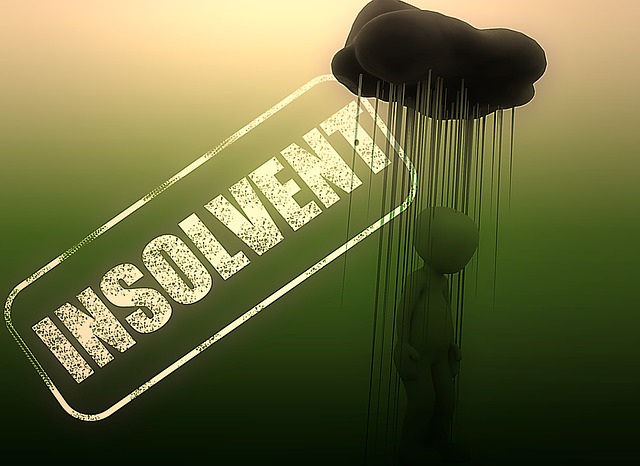Knowing when your company is insolvent is important for several reasons. The most important reason is that it changes your duties as directors to act in the interest of creditors and it is also a trigger point for potential insolvency offences under the Insolvency Act 1986.
It is as easy as 123
Actually, that’s the section of the Insolvency Act 1986 that defines what it means to be insolvent. It defines several tests.
Failure to pay a statutory demand
A creditor can issue a statutory demand for £750 or more by serving your company with a formal demand at the company’s registered office. This gives the company 21 days to pay. If the company fails to pay what is demanded (it must be for an undisputed sum) then the creditor can rely on that failure as proof that the company is insolvent. This is often the first step for a creditor seeking the compulsory winding up of a company through the Courts.
The Corporate Insolvency and Governance Bill is seeking to prevent statutory demands issued during the COVID outbreak to being used to as the basis for a winding-up petition. However, this will still mean that an unpaid statutory demand is an indicator that the company is insolvent.
Unable to pay debts as and when they fall due
This test is also known as the cashflow test as it looks at the cash flows, both in and out. It is likely to be the first indicator that your company is insolvent as you can see in your daily activity. You need to be able to pay your bills within the normal terms but if there aren’t enough funds available to do so you will notice that fairly quickly even if you don’t have a cash flow forecast. If this is something that the company is constantly struggling with then it is likely that the company is insolvent. Other obvious signs are:
- Can’t pay PAYE, VAT or other HMRC debts
- Suppliers are putting you on stop as your account is overdue
- County Court summons or judgements are filed against the company
- Legal action is threatened by your suppliers who want to get paid.
The balance sheet test
If your company’s assets are less than its liabilities – the amount it owes to its creditors then it is said to be balance sheet insolvent. This is a more difficult test to assess as you will need to understand and have an up to date balance sheet. One simple way to think about this test is – if the company sold everything it owned could it pays its debts?
This test is also about being realistic on the value of the company’s assets. For example stock – can you really sell it for the price you paid for it? It may have become obsolete since you bought it.
What happens if you are insolvent?
If you find that the company is insolvent you need to take some action before the situation gets worse. The first thing to do is to get some advice from a professional, either your accountant or an insolvency practitioner. Just because the company is insolvent does not necessarily mean that it needs to stop trading. A lot depends on the circumstances that the company is in.
If you need advice please call our licensed insolvency practitioner, Chris McKay on 01223 803445 for a free initial conversation.


